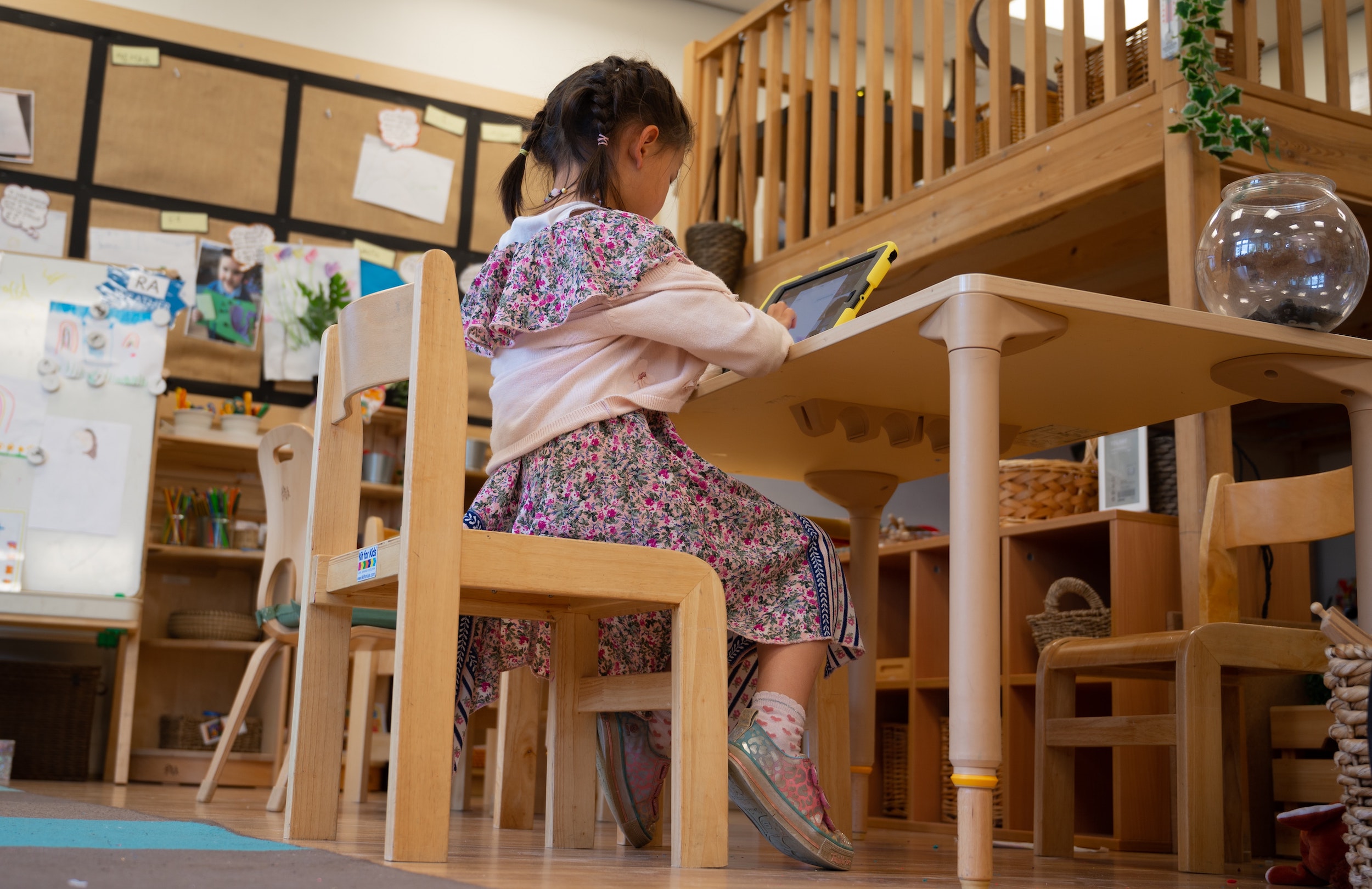Virtual Learning: An Element of a Larger Insight
Recently we tapped into kids’ brains to understand how they were handling isolation, a pandemic-centered world, and their new virtual learning environment.
As we dove into the discussion around virtual learning, of course we heard frustrations. However we also heard an incredible amount of benefit that has been brought to the lives of students across all ages. The model led to aspects of education kids didn’t know they needed.
Throughout this study we came across four key areas of impact:
1. Immediate Gratification
Many of the interactive virtual platforms give the kids the immediate gratification of knowing how well (or not) they did on a quiz, project or assignment. It forced them to explore why they didn’t get it right in the moment, rather than days later when graded work is returned after it has been long forgotten.
Being confident stems from knowing, not guessing. To enable confidence in our children through school, giving them the tools to try, evaluate and improve is better built through the immediacy of feedback – be it positive, productive, or both.
2. Transparency
Remote Learning has forced many teachers to go virtual with grades, giving kids the ability to be accountable and take ownership of their academic standing.
When they’re doing well, there’s a boost to their self-esteem. They can evaluate the effort they’re putting in and the rewards it leads to. On the other hand, when they are not doing so well, it is their decision to do something about it. It creates an opportunity for independence. This is accountability building at its core and provides a lesson that will move with them through the rest of their lives.
“I see that I am getting good grades and conquering a majority of the assignments each day.” – 13 year old male.
3. Behind the Screen Boldness
The screen ads a safety net for kids to be bold and speak their point of view among peers and teachers. It may be the nature of their virtual upbringing or quite possibly their starvation for human interaction, but kids are speaking up, reaching out and creating connections that would
have taken a great deal of bravery in a physical environment.
“I can hear my son waiting at the end of the Zoom calls to make personal connections with his teachers as everyone else closes out of the call quickly. It makes me really proud of him when I can see the effort that he’s putting in to improve those relationships.” (Mom, Age 13)
While this article is about virtual learning, this trend manifests itself outside the confines of “class” as well. We heard it present in the context of trying to make new friends, find new flings, and/or organize social activity in a way they have never been challenged to before.
Virtual Disparities
Aside from these incredible benefits, it would be a miss for us to overlook and not acknowledge the disparities that remote learning has shed light on over the last year.
USAFacts.org reported 4.4 million households with students still lack consistent access to a computer and 3.7 million lack internet access. While more than half of households were provided computers from schools, only a small fraction were supplied with access the internet.
In addition to the technological advances and innovation in this new world of school, we must place equal importance on programs and technologies that work to close those disparities and ensure that more children are able to thrive in the ways we found in this study. As we move into the future and see more integration between in-person and virtual, these programs will be vital to ensure no kids will be left behind.
A Full Report on Children in this Virtual Learning Environment
If you’d like to read further about the findings in our recent report, we encourage you to check it out here. In the report you will see our key insights around virtual learning in addition to larger findings about kids’ improved confidence as a result of their isolation.
Read the Full Report here.

Change Is On Its Way
The very idea of school has been shaken up for the first time. Once a long-standing expectation has been challenged, it opens the floodgates for change, innovation and a future we never would have imagined. At Whynomics, we see points of consumer shift and recognize the impact it will have on consumers and businesses alike.
Because we’ve seen innovation already lead to increased independence, improved self-esteem, and in turn confidence, there is potential for an entirely evolved educational system.
This is just the beginning.
What have you seen kids benefit from most in a virtual learning environment? We’d love to hear from you.

